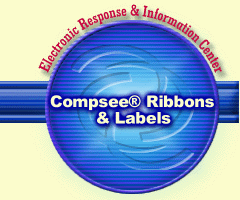
Defining your needs - ConnectivityDo you require a stand-alone or computer-driven printing system? Many thermal labeling systems do not support stand-alone operation and must interface with a computer. Be mindful of each system's advantages and limitations. Stand-alone printing may be preferable, and perhaps more cost-effective, in a limited range of situations. Some users prefer not to tie up a computer and will install stand-alone systems for simple applications, such as compliance labeling. Or a stand-alone printer may be used in an industrial environment that is too harsh for a typical computer. A computer-based printer must be linked to a host, such as a PC, midrange or mainframe system. With the right program, you can extract variable information from an on-line database -- such as purchase order number, weight or serial number -- and encode the data in a bar code. You also can report data back to the computer after a label prints, perhaps to prompt an invoice when an order ships, or to issue a restocking order when inventory levels reach a certain point. This configuration may require more effort to install. However, it can minimize operator intervention and manual data entry requirements and ensure that the data printed on a label is accurate and timely. If you select a computer-based printer, how will it fit within your existing computer system? A computer-driven system may require a specific communications interface. For example, you'll need a twinax interface or an external protocol converter to connect your printer to an IBM AS/400. When evaluating printers, be aware that some manufacturers offer interfaces that others don't. Remember, your printer must be compatible with your host computing environment. Reprinted with permission from Datamax Corporation - 2000 |
top
Home | The Company | Systems Solutions | Products & Pricing
Software & Support | Reseller Resources | Contact Compsee